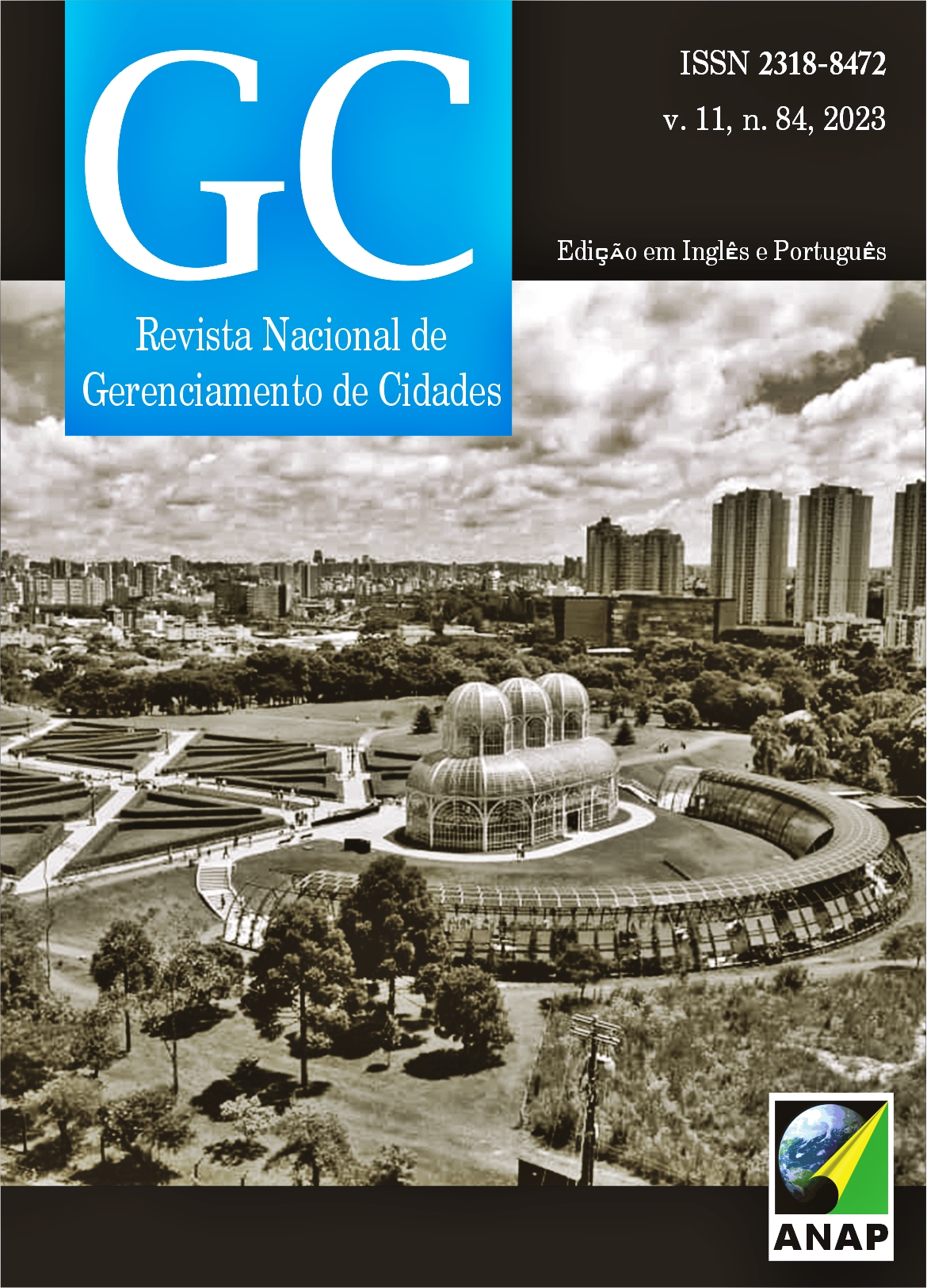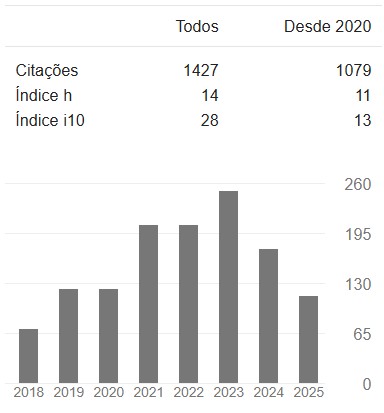Solo use in Juiz de Fora (MG) between 1985 and 2021: an analysis by Remote Sensory
DOI:
https://doi.org/10.17271/23188472118420234691Palavras-chave:
Geoprocessing, MapBiomas, Remote sensing, Juiz de Fora, Soil CoverageResumo
Due to the accentuated urbanization process and the lack of adequate urban planning, neglecting environmental issues, Brazilian municipalities are increasingly impacted by extreme precipitation events, leading to several problems. Thus, the municipality of Juiz de Fora, due to its site condition and susceptibility to the occurrence of mass movements and floods, when associated with heavy rains, has many impacts on the population. The main objective of this research is to present the recognition of the Use and Occupation development process in the municipality of Juiz de Fora-MG, thus helping studies and future projects based on this theme. With this, a quantitative analysis of the urban occupation growth of the locality was carried out through the QGis software with the MapBiomas database, presenting information over five decades, during the years 1985 and 2021. Based on this proposal, it was found a growth of urban areas between this period, also justifying the decrease of rivers and lakes, and with the products generated in this work, it was possible to identify which classes were preserved and which areas decreased representing the change in the economic profile of the municipality of Juiz de Fora- MG. Therefore, the research contemplates and contributes to the incorporation of these parameters in monitoring the use of hydrological resources.
Downloads
Downloads
Publicado
Edição
Seção
Licença

Este trabalho está licenciado sob uma licença Creative Commons Attribution-NonCommercial-ShareAlike 4.0 International License.
















